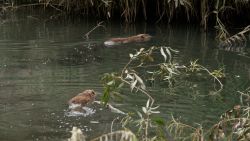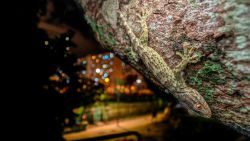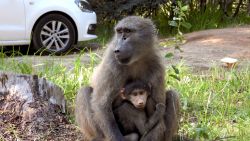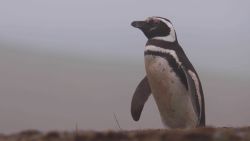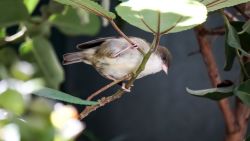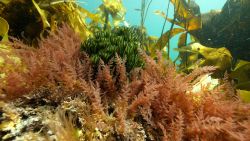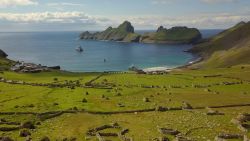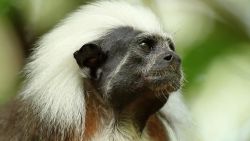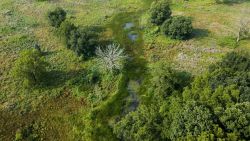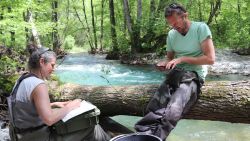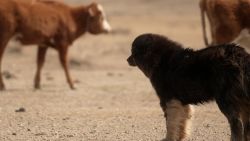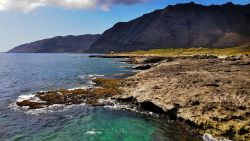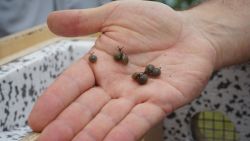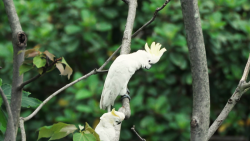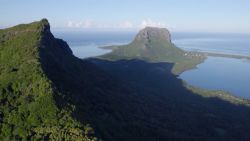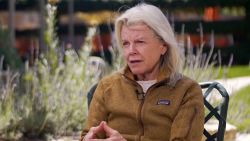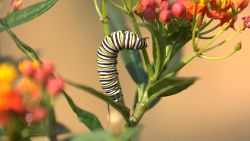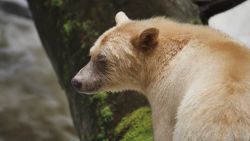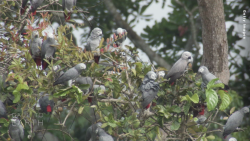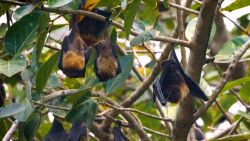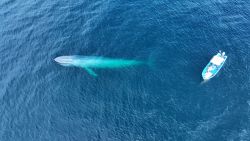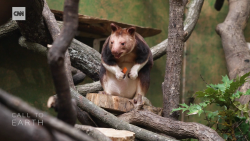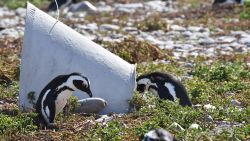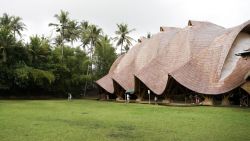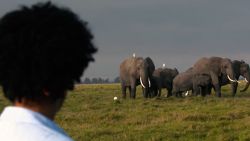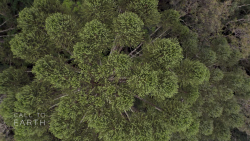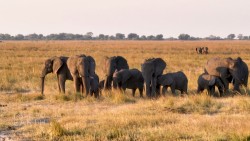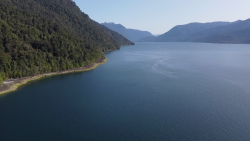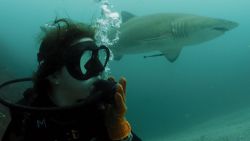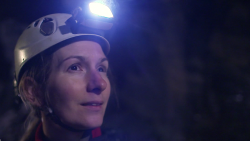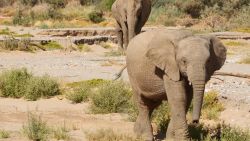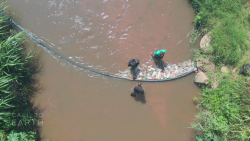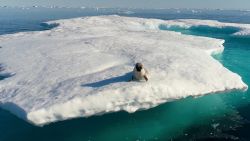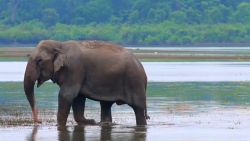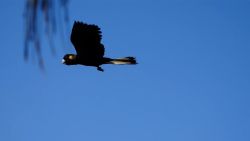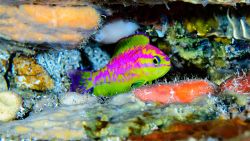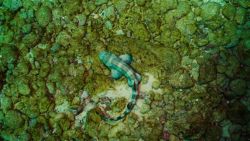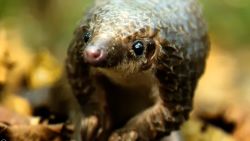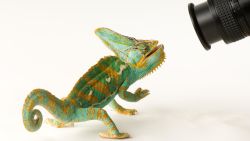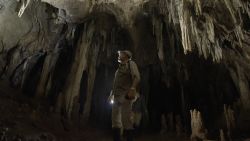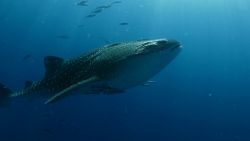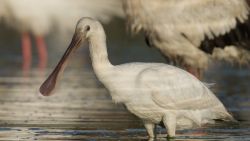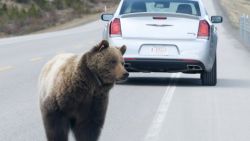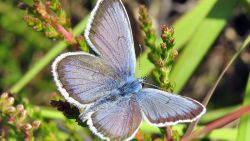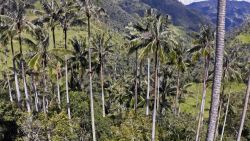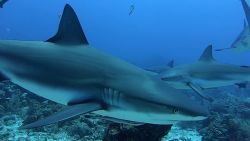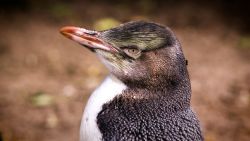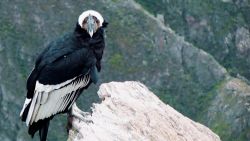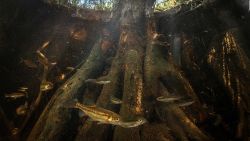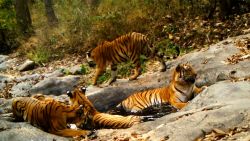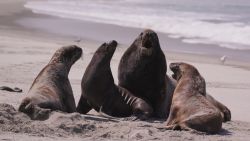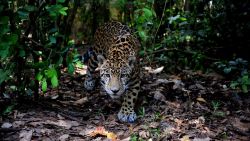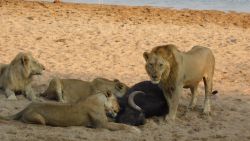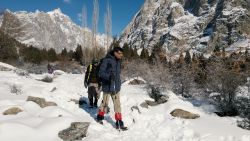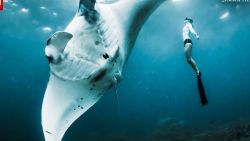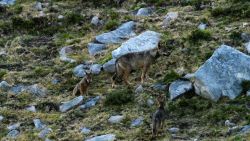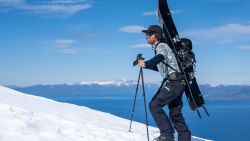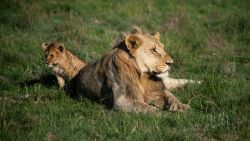Editor’s Note: Call to Earth is a CNN initiative in partnership with Rolex. Louis Liebenberg is a Rolex Laureate.
Scientists have become adept at tracking wildlife remotely. Take the Icarus global monitoring system, for example. Soon data ranging from an animal’s location to its skin temperature will be easily available thanks to tiny wearable transmitters that send signals to an antenna on the International Space Station. But there’s still something to be said for boots on the ground.
Few can claim to have a more intimate knowledge of their land and its fauna than the San trackers of the Kalahari, a large semi-arid region spanning parts of Botswana, Namibia and South Africa. Thousands of years of hunter-gathering expertise have been handed down from one generation to the next.
It’s a valuable knowledge pool that is often overlooked by science, argues Louis Liebenberg. For over 20 years, Liebenberg, an associate of human evolutionary biology at Harvard University, has been connecting indigenous San groups in Namibia with scientists all over the world. And long before the advent of social media, he did it with an app.
As executive director of CyberTracker Conservation, the South African developed a piece of free software that allows animal trackers in the Kalahari to share tracking insights and create better data on biodiversity. In return, trackers are paid for their work, turning a way of life into a vocation.
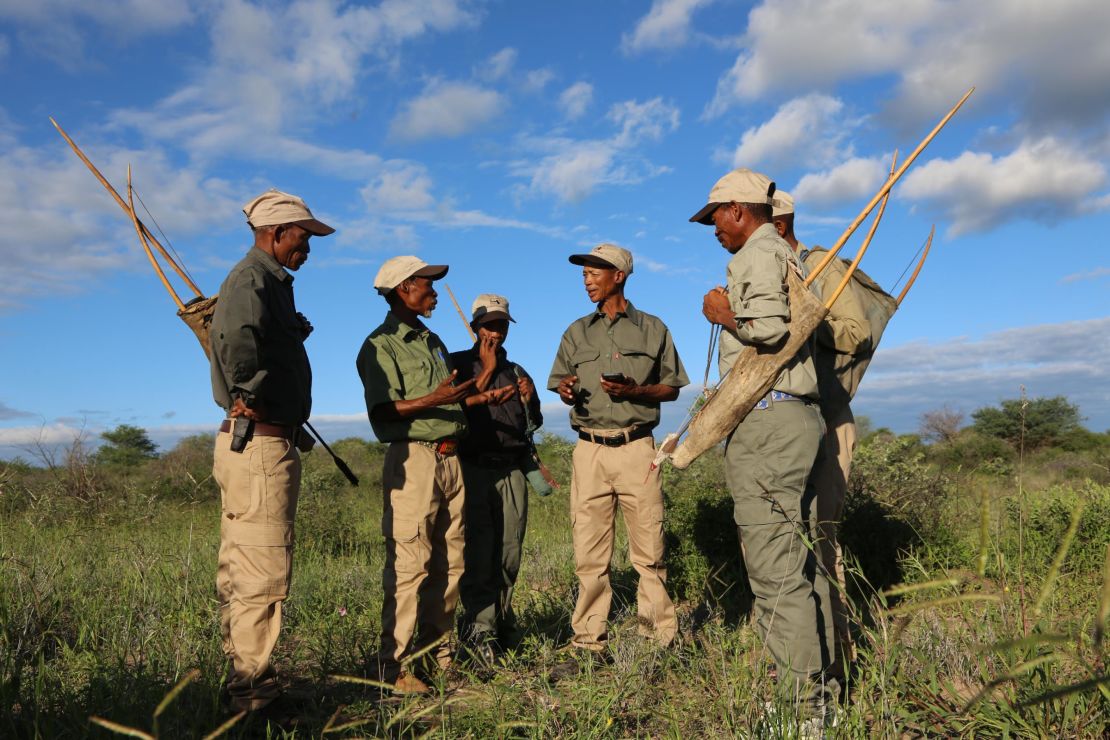
“We’ve got this enormous wealth of expertise and knowledge locked up in indigenous trackers, and yet they cannot communicate that knowledge and their observations to the scientific community,” Liebenberg tells CNN.
Find out more about Call to Earth and the extraordinary people working for a more sustainable future
“(They) have, for a number of reasons, been marginalized,” he explains. “Indigenous communities … have been disempowered and lost their land by colonial powers that have denied them citizenship, but also through scientific prejudice – the idea that indigenous communities don’t do ‘real’ science.”
“Professional scientists have as much to learn from indigenous trackers as indigenous trackers have to gain by working with professional scientists,” he adds.
100,000 years of experience
Trackers can often record species other methods can’t. Reconnaissance from an airplane can pick up large animals, but not smaller species. And if a species lives in woodland, like the kudu – a kind of antelope – it won’t be spotted from a plane.
In the Kalahari, members of the San carry smartphones, using an icon-based interface to input what they find, including where they have heard and seen wildlife, as well as sightings of animal tracks and feces, based on group consensus.
The Kalahari Desert is a difficult place to survive -- but it's bursting with life
The system is inclusive of non-literate people and, as Liebenberg points out, is quicker than text-based logging. Species and geolocation data are uploaded to a solar-powered laptop by trackers and sent to Liebenberg. The trackers are paid in return.
RELATED: Google-backed project is collecting millions of wildlife camera-trap images
Trackers own the data and can share it with whomever they wish in the scientific community; any scientific paper based on their data is therefore co-authored by the trackers, says Liebenberg.
By monetizing tracking skills, it sustains them. Tracking in the Kalahari has existed for more than 100,000 years, Liebenberg estimates, but when he conducted a survey of the nearly 9,000 square kilometer Nyae Nyae Conservancy in Namibia in 2018, there were only 15 active bow and arrow hunters, down from 37 in 2016.
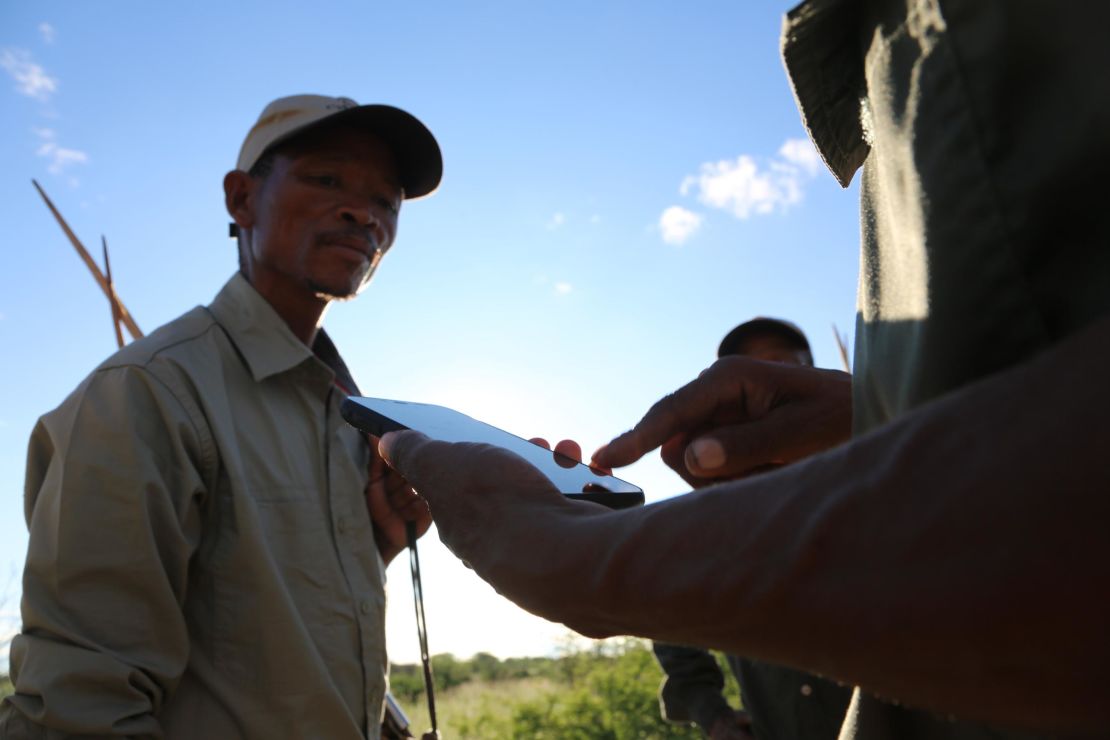
San tracker Dam Debe is 45 years old and has been tracking in the Kalahari since before he was a teenager. “It feels good to have my data published,” he tells CNN.
“CyberTracker has improved my life,” he adds. “The money I receive is helping me to support my children to go to school and supporting them to buy clothes.”
School is important for the next generation, but so are bush skills, Dam says. “If we leave our culture, then it will fall down,” he argues.
“Purely from a cultural heritage point of view, I think it is essential that we develop a program that will keep these skills alive,” Liebenberg says.
Through CyberTracker’s Master Tracker certification scheme and increased interest from younger men and women, Liebenberg says he hopes there will be more than 50 active trackers in Nyae Nyae within the next few years.
“Technological innovation is essential”
Since its initial roll out in 1997, the app has evolved and migrated far from Southern Africa. It has been downloaded more than half a million times in over 200 countries, says its creator, and has been used by indigenous trackers in Australia; for land management in Canada; PhD studies on bottlenose dolphins off New Zealand; whale monitoring in Antarctica and turtle research in the Pacific.
RELATED: Meet the women racing to save the northern white rhino from extinction
“People tend to overestimate what technology can do in the short term, (and) they tend to underestimate what technology can do in the long term,” Liebenberg says. For biodiversity faced with climate change and mass extinction, he says “there’s simply no quick technical fix.” However, “scientific and technological innovation is absolutely essential to solve the problems that we face.”
“I hope for the best, but I expect the worst,” he adds. “By expecting the worst, you’re motivated to actually do something about it – and if you really do something about it, then the optimistic future can become possible.”



